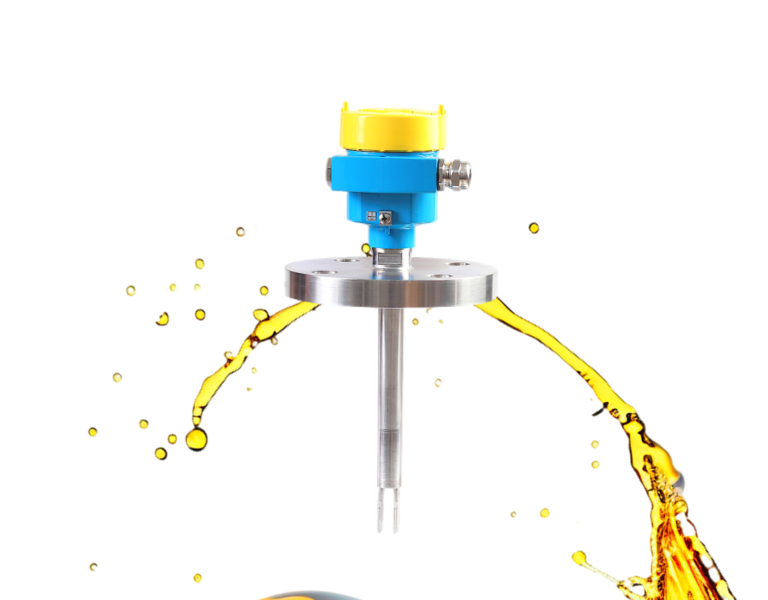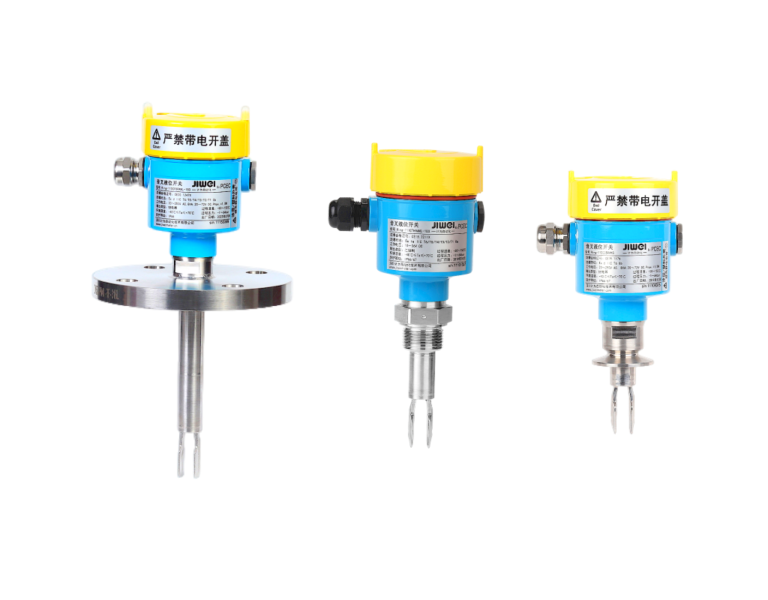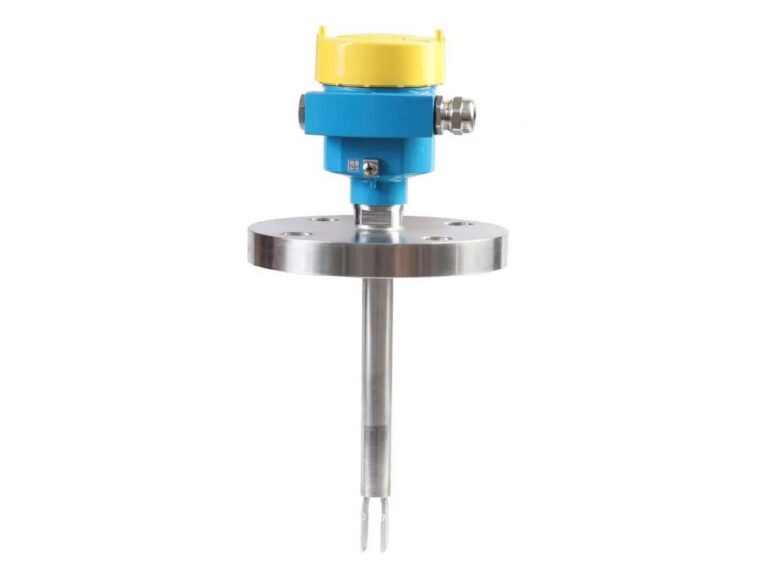Tuning fork level switch Level measurement in liquefied petroleum gas is a challenging task due to the special physical and chemical properties of liquefied petroleum gas.
The following will discuss in detail the application, advantages and matters needing attention of the tuning fork level switch in liquefied petroleum gas level measurement.

First of all, the working principle of the tuning fork liquid level switch is to make the tuning fork vibrate at a certain resonant frequency through a pair of piezoelectric crystals installed on the tuning fork base.
When the tuning fork comes into contact with the medium being measured, its frequency and amplitude will change. These changes are detected and processed by intelligent circuits, and finally converted into a switching signal. This switch signal can accurately reflect changes in liquid level, thereby achieving the purpose of liquid level measurement.
In the level measurement of LPG, the tuning fork level switch has significant advantages. It is suitable for almost all liquid media and is not affected by foam, vortex and gas. In addition, the tuning fork level switch has no moving parts, so frequent maintenance and adjustments are not required, reducing maintenance costs.
At the same time, the tuning fork level switch has a high/low fail-safe limit switch, which can provide overflow or dry run protection, as well as pump control and other functions, enhancing its safety and reliability in LPG level measurement.

However, there are some issues that need to be paid attention to when using a tuning fork level switch in LPG. First of all, liquefied petroleum gas is flammable and explosive.
Therefore, when installing and using the tuning fork level switch, relevant safety regulations must be strictly followed to ensure the safe operation of the equipment.
Secondly, the density and viscosity of liquefied petroleum gas may affect the measurement accuracy of the tuning fork level switch, so it is necessary to select the appropriate model and parameters according to the actual working conditions.

When installing the tuning fork liquid level switch, it is recommended to install it vertically so that the fork surface is consistent with the flow direction of the liquid to reduce material hanging and measurement errors.
At the same time, avoid installing a tuning fork level switch near the feed inlet to prevent the material from impacting the fork body, causing measurement inaccuracy or damaging the equipment. When using it outdoors, moisture-proof measures must be taken to prevent rainwater from entering the inside of the instrument.

In general, the tuning fork level switch has certain application prospects in liquefied petroleum gas level measurement. Accurate and reliable liquid level measurement can be achieved through reasonable selection of models and parameters, as well as correct installation and usage methods.
However, in practical applications, it needs to be adjusted and optimized according to specific working conditions and safety requirements to ensure the accuracy of measurement results and the safety of the equipment.
